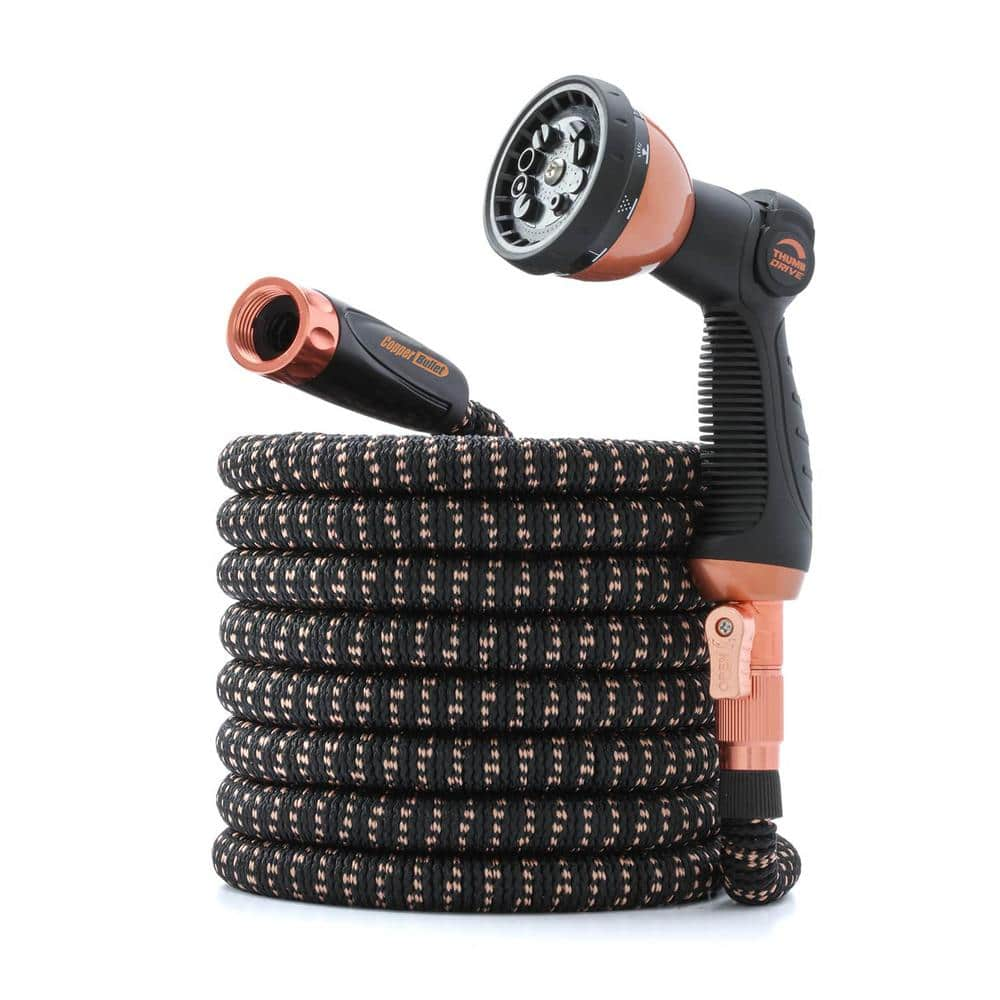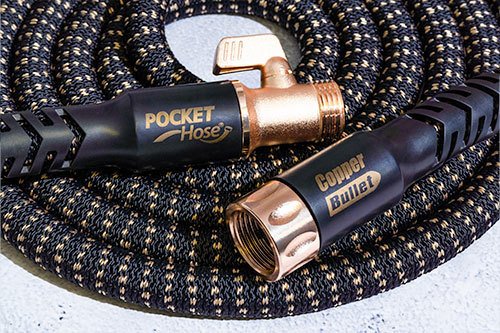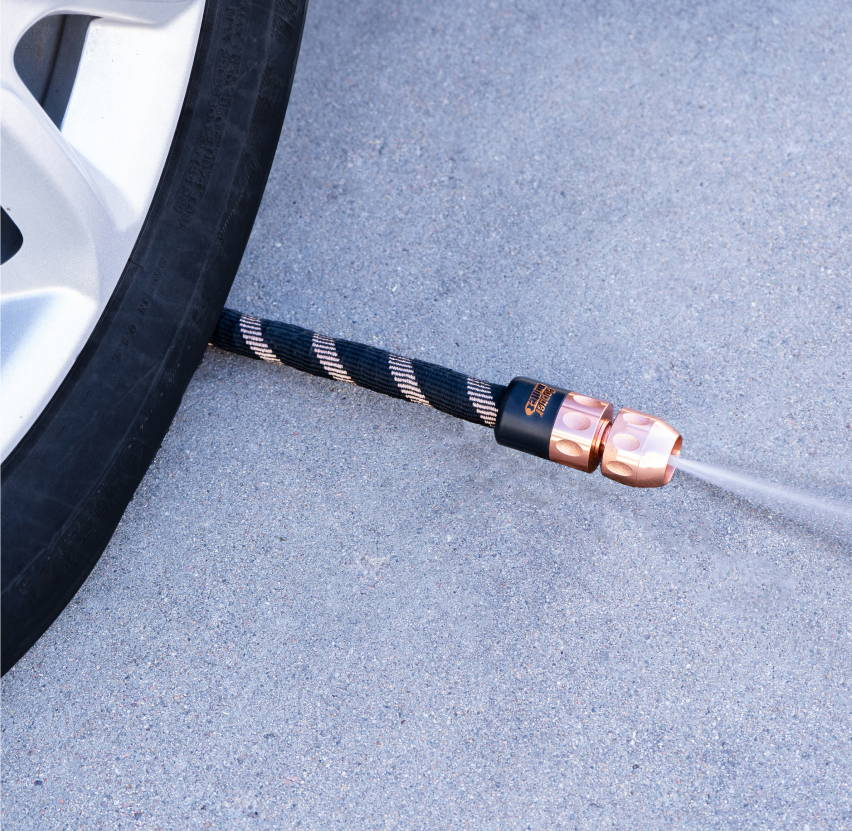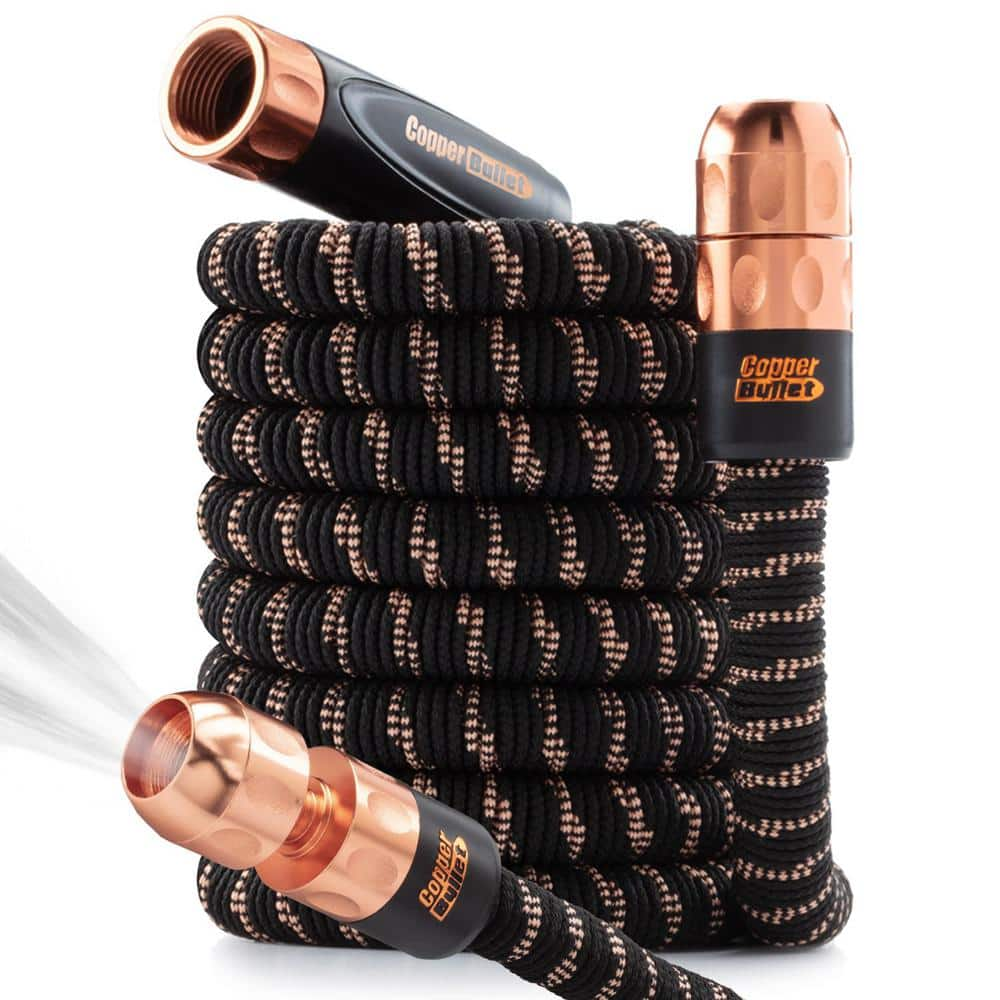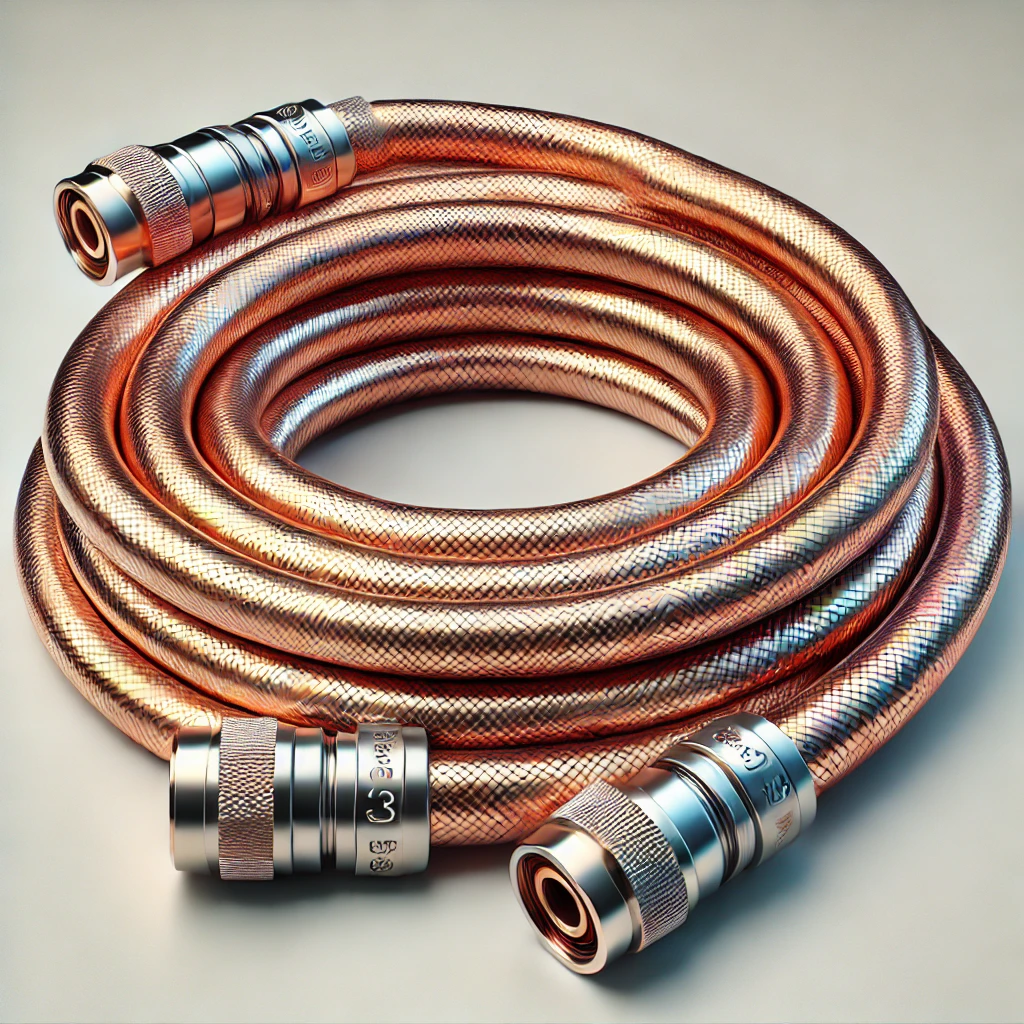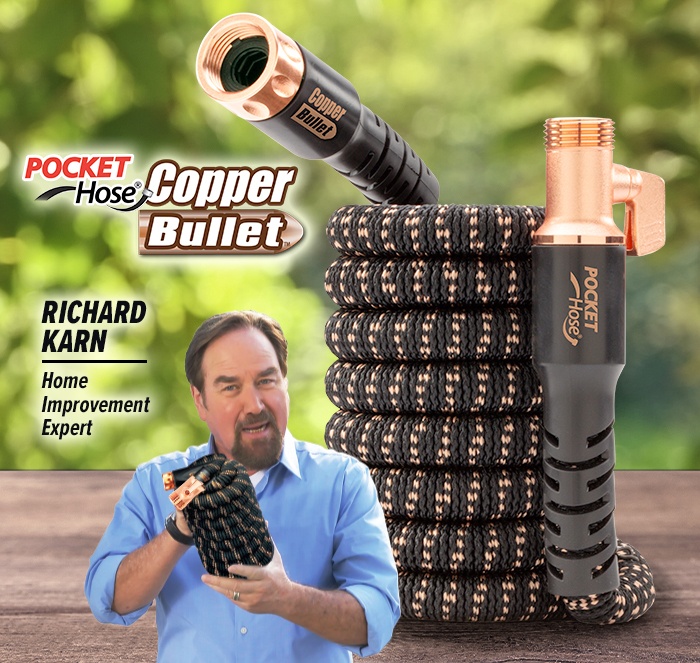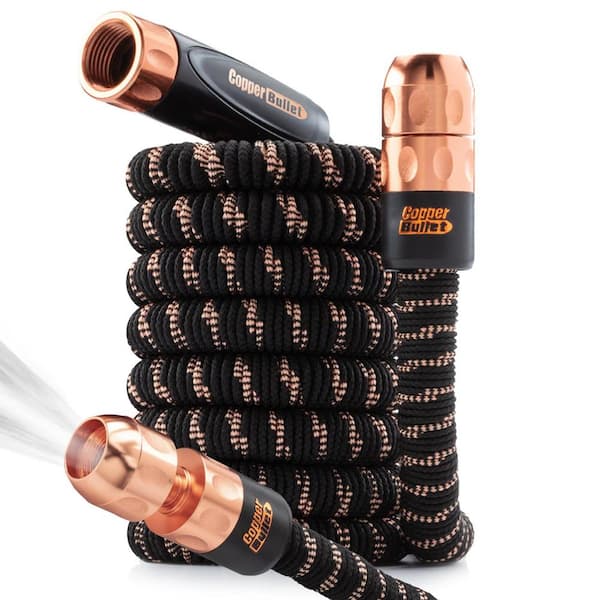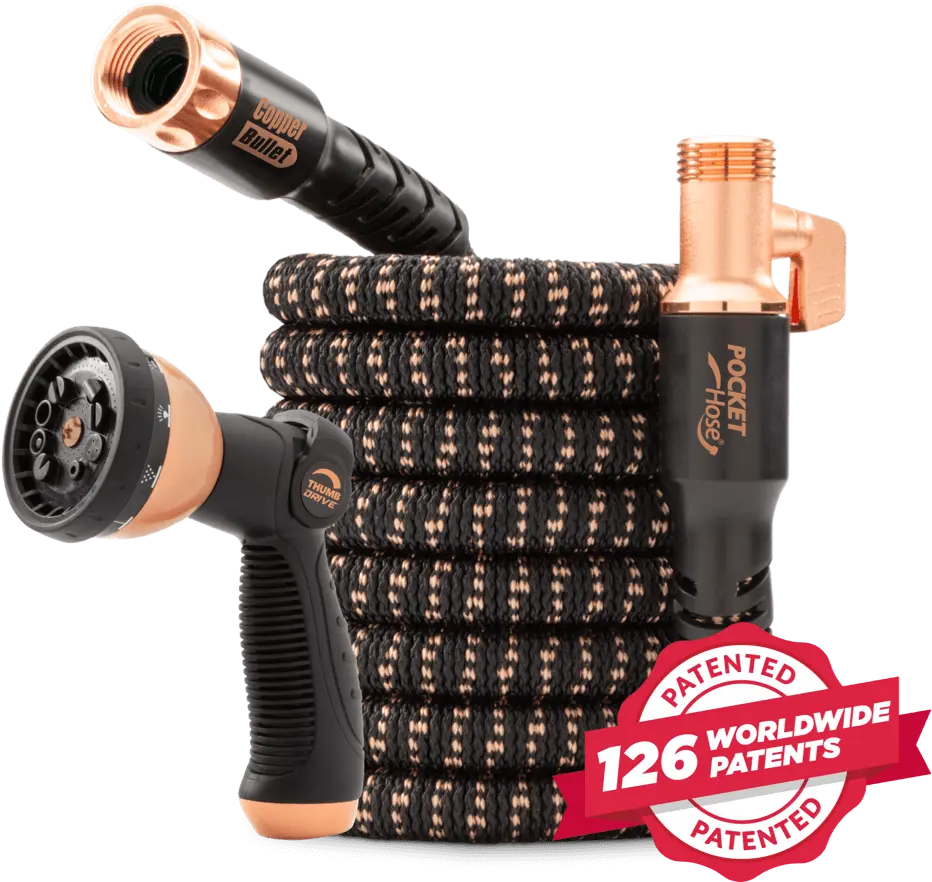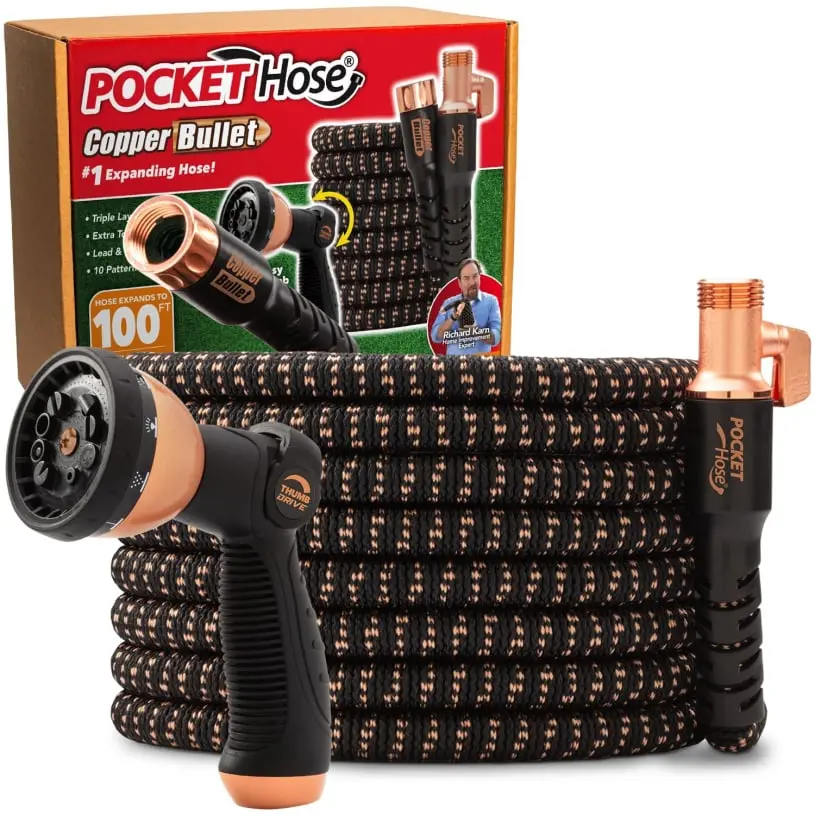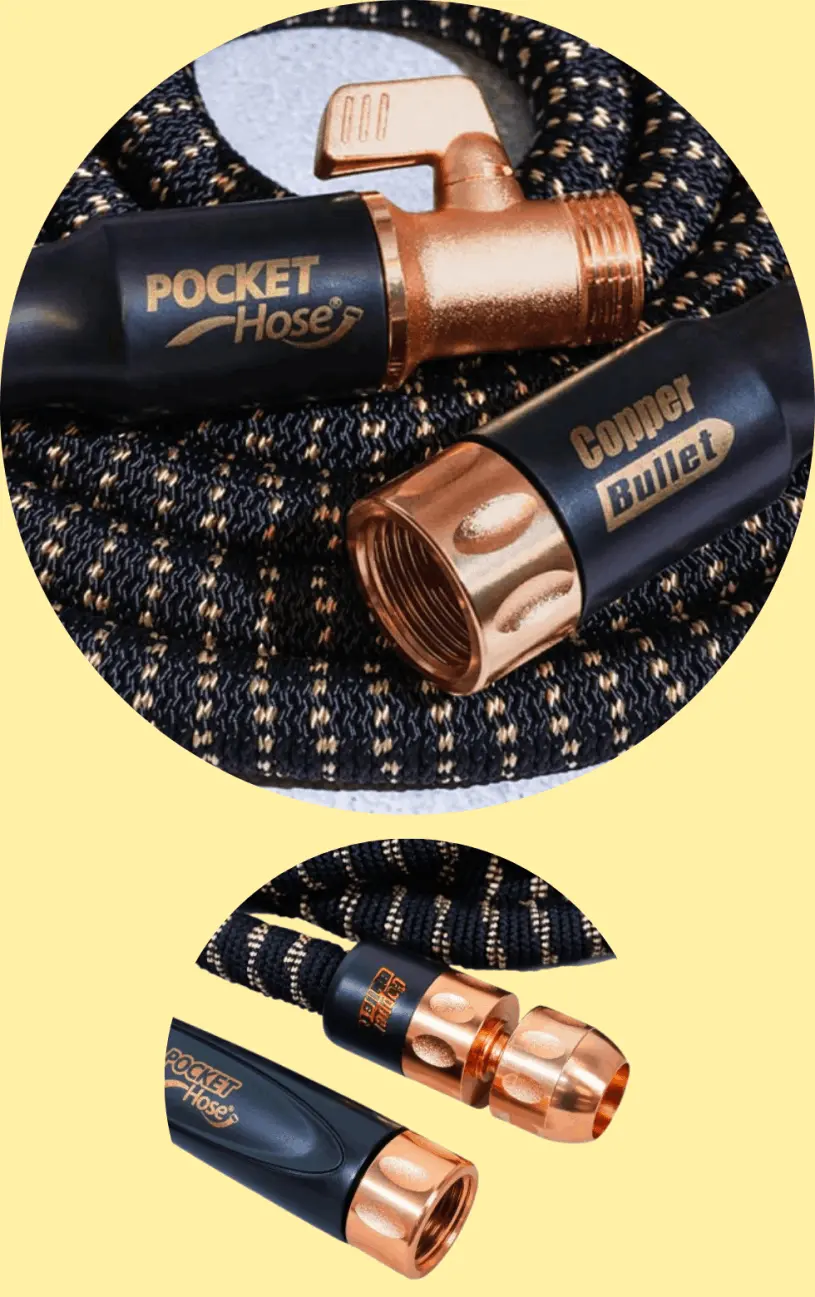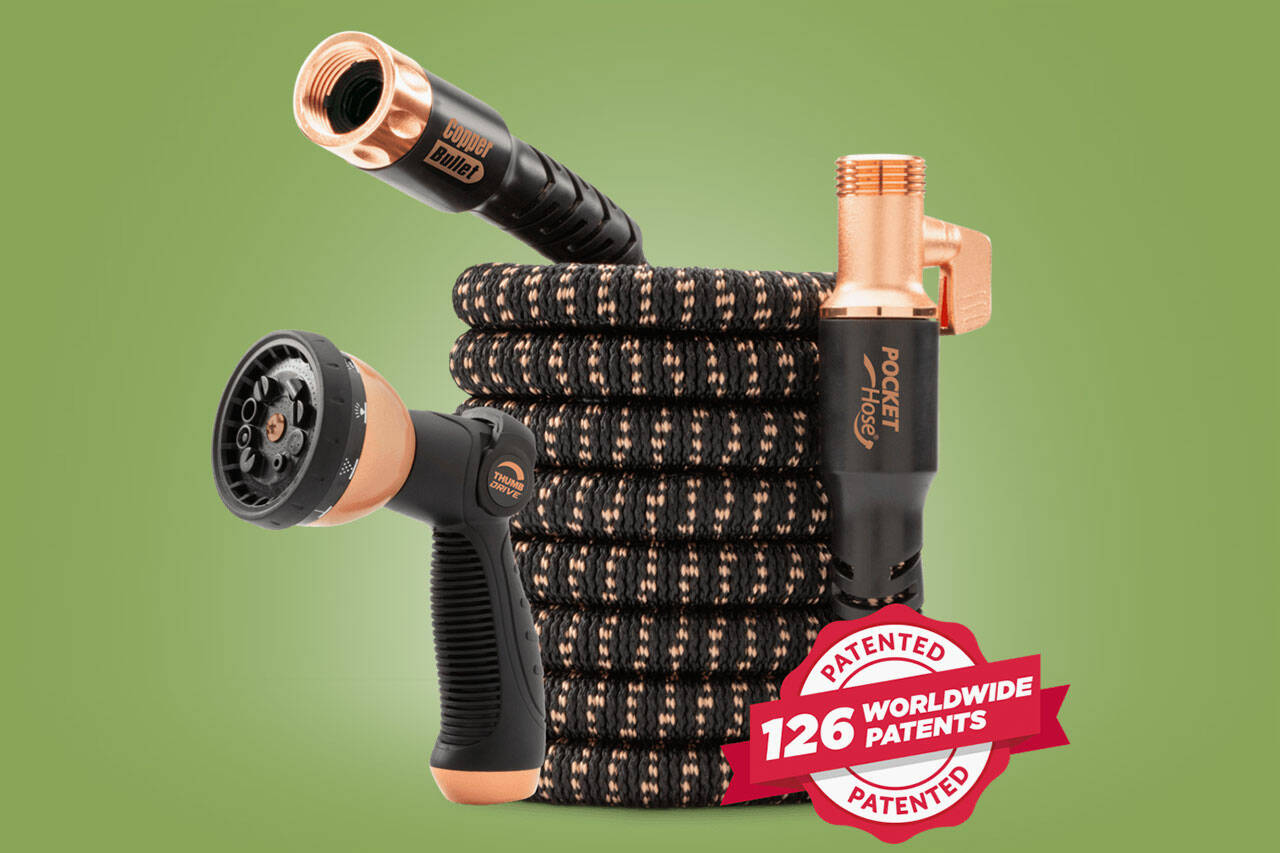Where Is Copper Bullet Hose Made

Imagine a crisp autumn morning, the scent of freshly cut grass hanging in the air. Sunlight glints off a neatly coiled garden hose, a flash of copper catching your eye. It’s not just any hose; it’s a Copper Bullet Hose, promising durability and a touch of rustic elegance to your gardening routine. But behind its shiny exterior lies a story of manufacturing, materials, and a dedicated team.
This article delves into the origins of the Copper Bullet Hose, tracing its production journey and uncovering the details of where these popular garden essentials are made.
Unveiling the Source
Pinpointing the exact manufacturing location of the Copper Bullet Hose requires a bit of detective work. While specific details are sometimes kept proprietary, understanding the industry landscape and the companies involved can shed light on the subject.
Many garden hoses are manufactured in countries known for their manufacturing prowess and competitive labor costs. China, for example, is a major player in the global hose production market.
Vietnam and India are also emerging as significant manufacturing hubs. But identifying where Copper Bullet Hoses are made requires more specific investigation.
Tracing the Supply Chain
Often, garden hose brands, including those featuring copper elements, outsource their manufacturing to specialized companies. These companies may be located in various parts of the world, depending on factors like material sourcing and production costs.
The copper fittings themselves might be manufactured separately, potentially in a country with a strong metalworking industry. These components are then assembled with the hose material in a final production facility.
Checking product packaging and labels is a good start. Sometimes, the country of origin is clearly marked on the packaging or directly on the hose itself.
The Role of Materials
The materials used in the Copper Bullet Hose also influence its manufacturing location. High-quality rubber or PVC, reinforced with durable fabrics, are common components.
The source of the copper used in the fittings is another piece of the puzzle. Major copper producing countries include Chile, Peru, and China.
If the copper is sourced from a particular region, it might influence the location of the manufacturing facility to minimize transportation costs.
Researching the Brand and Distributors
Directly contacting the brand or the retailers that sell the Copper Bullet Hose can sometimes provide information about the manufacturing location. Customer service representatives might be able to offer insights into the product's origins.
Checking the brand's website for "About Us" or "Contact Us" sections can also be helpful. Look for information about the company's headquarters, manufacturing facilities, or supply chain partners.
Press releases and industry news articles might also mention where the company's products are manufactured.
Understanding "Assembled In" vs. "Made In"
It’s important to distinguish between "assembled in" and "made in." A product labeled "assembled in [country]" might have components sourced from various locations around the world.
The final assembly takes place in the country listed on the label. A product labeled "made in [country]" indicates that the majority of the manufacturing process occurred in that country.
This distinction is crucial when trying to determine the true origin of a product like the Copper Bullet Hose.
The Importance of Ethical Manufacturing
Consumers are increasingly interested in the ethical manufacturing practices of the products they buy. This includes fair labor standards, environmental responsibility, and transparency in the supply chain.
Companies that prioritize ethical manufacturing often highlight these practices in their marketing materials. They might also obtain certifications from organizations that monitor labor standards and environmental impact.
Looking for these certifications can provide additional insight into the values of the brand behind the Copper Bullet Hose.
The Copper Element: More Than Just Aesthetics
The use of copper in the Copper Bullet Hose isn't just for aesthetic appeal. Copper has inherent antimicrobial properties, which can help to prevent the growth of bacteria and algae inside the hose.
This can contribute to a longer lifespan and improved water quality. The copper fittings also add durability and resistance to corrosion.
The specific type of copper used and the manufacturing process of these fittings contribute to the overall quality and performance of the hose.
The Future of Garden Hose Manufacturing
The garden hose industry is constantly evolving, with new materials and manufacturing techniques being developed. Sustainability is becoming an increasingly important consideration, with manufacturers exploring eco-friendly alternatives to traditional materials.
Technological advancements are also playing a role, with some companies using 3D printing and other innovative methods to create custom hose designs.
The future of garden hose manufacturing is likely to be more sustainable, efficient, and technologically advanced.
The Consumer's Role
As consumers, we have the power to influence the manufacturing practices of the companies we support. By asking questions about the origin of products and choosing brands that prioritize ethical and sustainable practices, we can encourage positive change in the industry.
Supporting companies that are transparent about their supply chains and committed to responsible manufacturing can make a difference.
Consider doing your research and making informed choices when purchasing products like the Copper Bullet Hose.
In Conclusion
While pinpointing the exact location where every Copper Bullet Hose is made might require further investigation specific to the brand and retailer, understanding the industry landscape, the materials involved, and the importance of ethical manufacturing provides valuable context.
The journey of a garden hose, from raw materials to your backyard, is a complex one, involving multiple players and processes.
By being informed consumers and supporting responsible brands, we can contribute to a more sustainable and ethical future for the garden hose industry.
